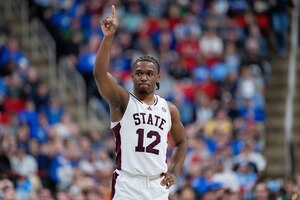Predicting Which High Seeds in 2025 Men's NCAA Tournament Won't Reach 2026 Big Dance
Predicting Which High Seeds in 2025 Men's NCAA Tournament Won't Reach 2026 Big Dance
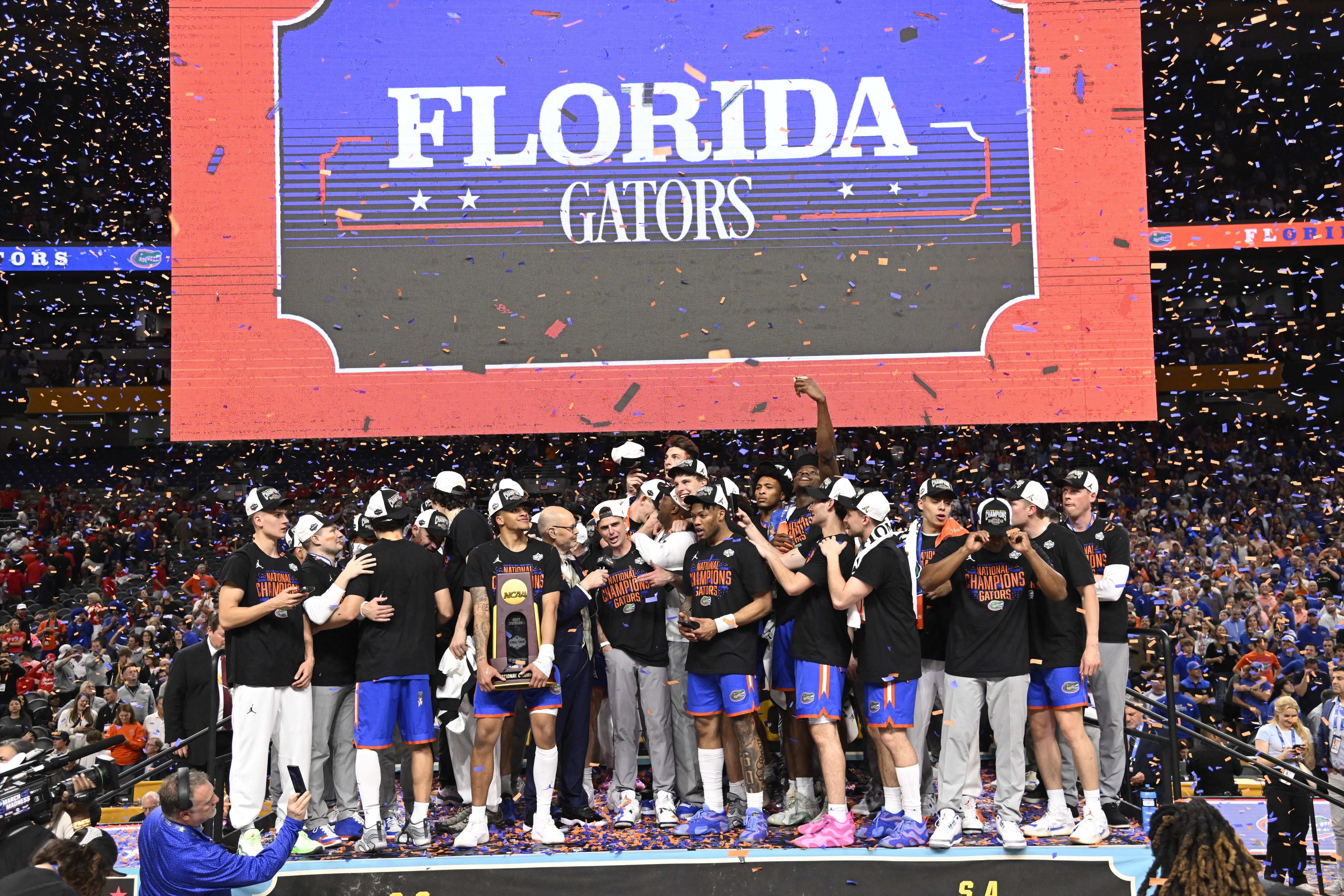
Gonzaga, Kansas and Michigan State have made it look easy to maintain dominance in men's college basketball year after year, each playing in at least 26 consecutive NCAA tournaments.
But it's not easy.
Leaders graduate. Stars declare for the NBA draft. More than 2,000 players are already in the transfer portal. Coaches have left for greener pastures, and more carousel news is surely forthcoming.
Sometimes, we barely recognize anything other than a team's jersey by the time November rolls around.
As a result, many of the top teams from one season end up missing the Dance altogether the following March.
Of the 32 teams that earned a No. 8 seed or better in the 2024 tourney, only five missed the cut this year: Dayton, Florida Atlantic, Nebraska, South Carolina and Washington State.
It's usually nine or ten, though it was mighty close to eight instead of five, with North Carolina, San Diego State and Texas each just barely making it as "play-in" teams.
Looking at that same pool of 32 candidates from this year's field, it's not hard to pinpoint a few teams unlikely to participate in the 2026 NCAA tournament.
Needless to say, there are plenty of unknowns still in play. There are still a few big-name recruits available, most notable by far being top-five player in the class, Nate Ament. Many NBA draft decisions are yet to be made. Of the myriad players who have entered the portal, well over 1,000 are still there for the taking. And it's likely just a matter of time before more players join that list of "free agents."
But we can still make some way-too-early educated guesses at which teams are most likely to experience a bit of painful rebuilding.
Teams are listed in ascending order of their seed in the 2025 NCAA tournament, with one selection coming from each of the top eight seed lines, just to ensure some warm/hot takes on what were some of the best teams in the season that just ended.
No. 8 Seed Line: Mississippi State Bulldogs
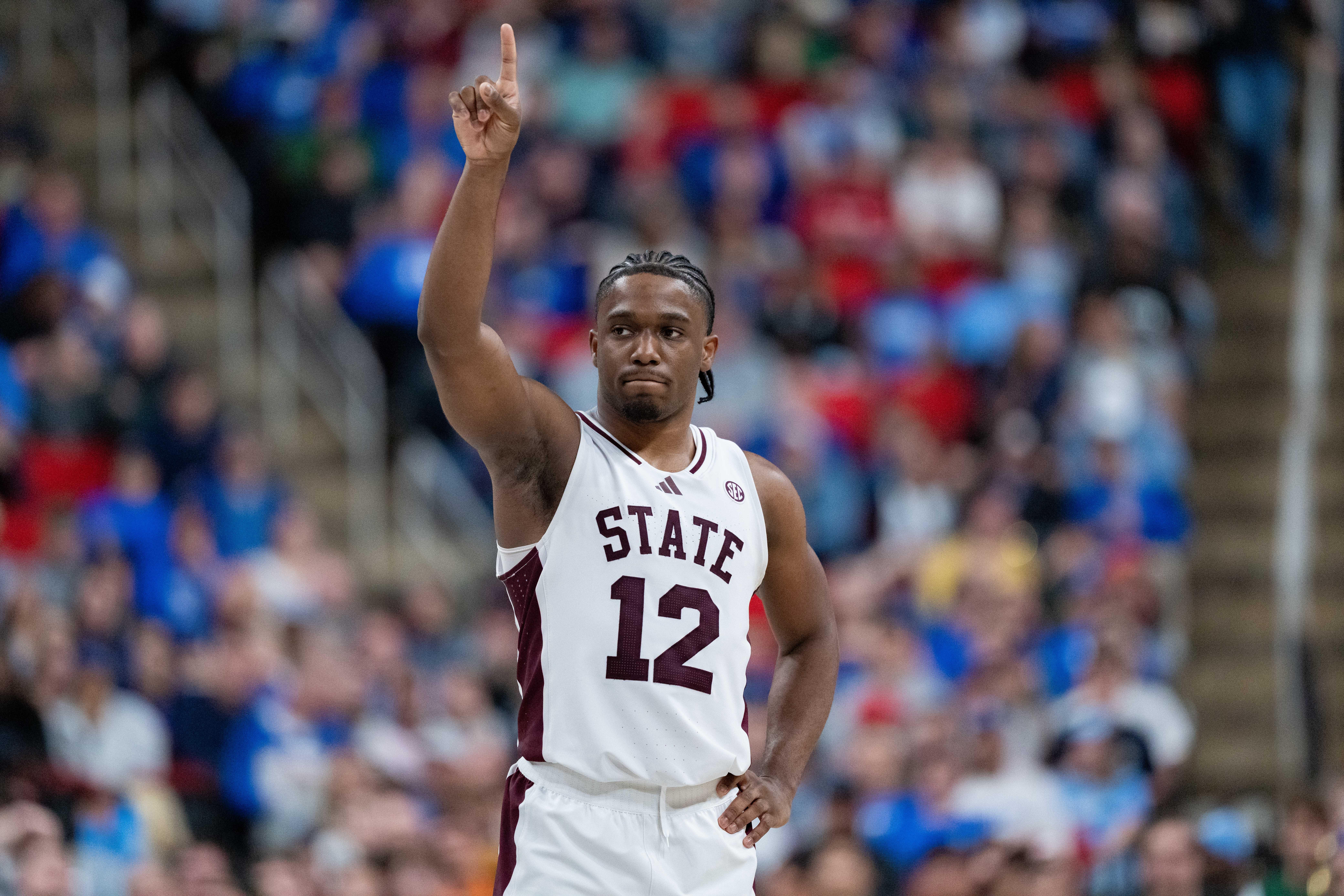
Players Graduating: Cameron Matthews, Claudell Harris Jr., RJ Melendez
Players Likely Leaving Early/Transferring: Riley Kugel, KeShawn Murphy, Michael Nwoko, Kanye Clary, Martavious Russell
Noteworthy Arrivals: Ja'Borri McGhee (UAB), Quincy Ballard (Wichita State), King Grace (4-star SG), Tee Bartlett (4-star C), Jamarion Davis-Fleming (4-star C), Cameren Paul (4-star SF)
For the No. 8 seed in this annual exercise, the challenge is usually trying to decide which of the several strong candidates to choose.
That's not the case this year, with both Connecticut and Louisville ranking among the five best-looking teams heading into the offseason, while one of the other options (Gonzaga) hasn't missed the tournament since 1998.
As a result, the pick here almost has to be Mississippi State, even though the Bulldogs have maybe their best recruiting class ever and reasonably could be a top-25 team to open next season if Josh Hubbard sticks around.
The 20-year-old has declared for the NBA draft, and this team would be pretty well stripped down to brass tacks if he does leave, as every other top-seven contributor is either out of eligibility or already in the portal. But the 5'11" Hubbard isn't projected to be drafted and will likely return to college for at least one more year.
If he does stay in college, though, that doesn't necessarily mean he'll stay in Starkville. We'll have to see where he ultimately lands, with Mississippi State possibly plummeting into the basement of the SEC if he's gone.
Even if he does stay with the Bulldogs, a fourth consecutive trip to the NCAA tournament is hardly a sure thing. Filling out the rotation around him with a combination of freshmen and TBD transfers could be an adventure.
No. 7 Seed Line: Marquette Golden Eagles

Players Graduating: Kam Jones, David Joplin, Stevie Mitchell
Players Likely Leaving Early/Transferring: N/A
Noteworthy Arrivals: Adrien Stevens (4-star CG), Nigel James (4-star PG), Michael Phillips (4-star SF), Ian Miletic (4-star SF)
Since acquiring Tyler Kolek from George Mason and Olivier-Maxence Prosper from Clemson shortly after getting the Marquette job four years ago, Shaka Smart has pretty much avoided the transfer portal at all costs, priding himself on his ability to sign guys right out of high school who want to play four years with the Golden Eagles.
But now comes the biggest test of his home-grown approach yet, as the Marquette head coach will need to replace the three leading scorers from a team that didn't get much production from its bench.
Here's the good news: Chase Ross and Ben Gold should be back as senior leaders. Getting Sean Jones back from a season lost to recovering from a torn ACL will also be big. And with any luck, 4-star freshmen from last year's class, Royce Parham and Damarius Owens, will blossom into much bigger roles in year No. 2.
But can Ross make the type of junior-to-senior year leap Kam Jones made this year?
Is Gold more than just a three-point shooting big man, capable of more of a lead role in 2025-26?
Can Jones become more than just a defensive spark plug off the bench?
Or will any of the 4-star guys in next year's class make more of an immediate impact than Parham and Owens did this year?
By no means are the Golden Eagles destined to crash and burn, but if Smart is going to continue pretending the portal doesn't exist by adding nothing else this offseason, an awful lot needs to go right in order for them to sniff the AP Top 10 for what would be a fourth consecutive year.
No. 6 Seed Line: Missouri Tigers
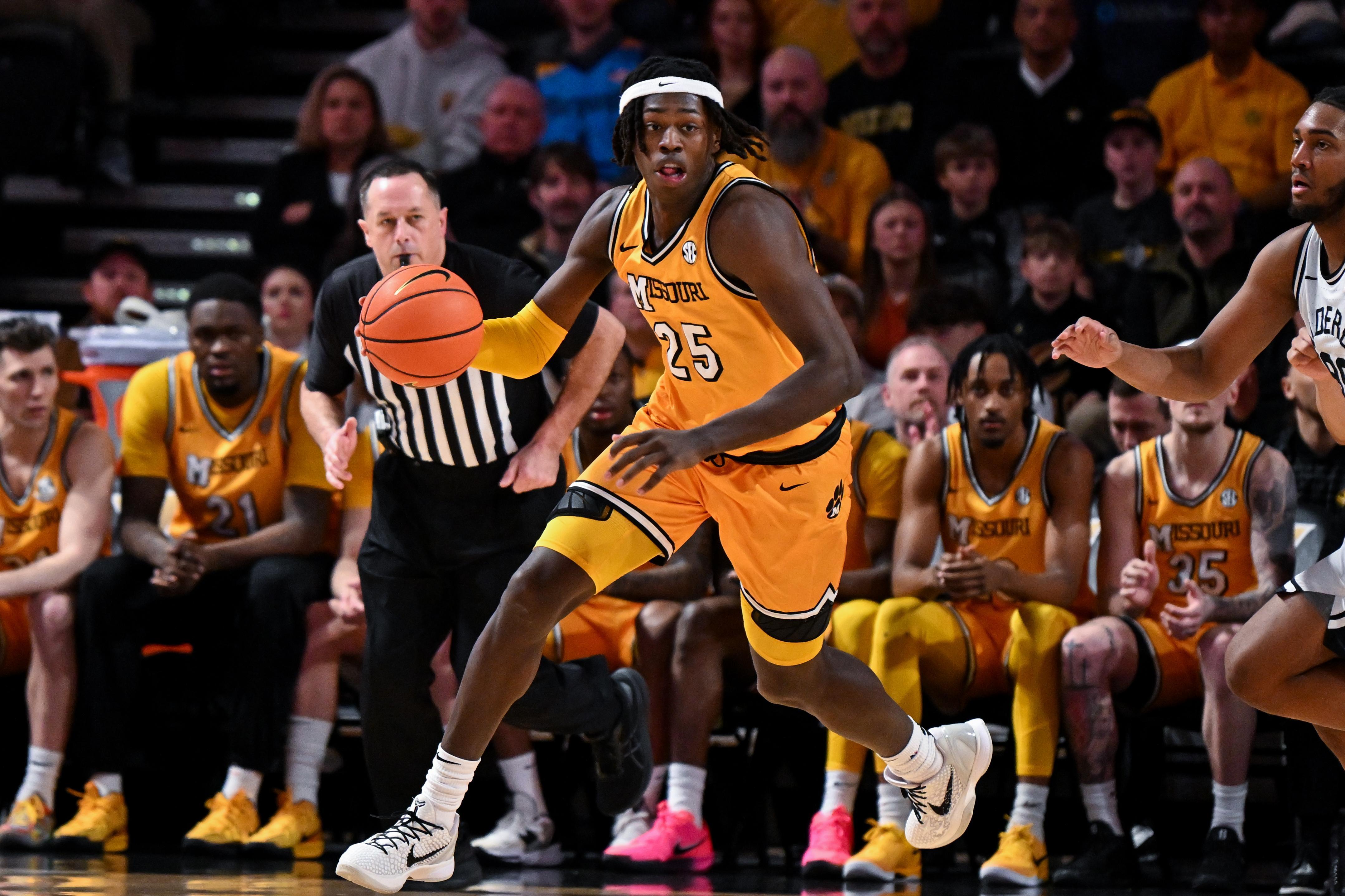
Players Graduating: Tamar Bates, Tony Perkins, Caleb Grill, Marques Warrick, Josh Gray, Jacob Crews
Players Likely Leaving Early/Transferring: Aidan Shaw
Noteworthy Arrivals: Sebastian Mack (UCLA), Jevon Porter (Loyola Marymount), Luke Northweather (Oklahoma), Aaron Rowe (4-star PG)
One year removed from going 0-18 in SEC play, Missouri surprised everyone by posting a winning record in the best conference ever assembled, even winning three games (in six tries) against AP Top 5 opponents. The well-deserved No. 6 seed was the Tigers' best since 2012.
But, to put it lightly, this wasn't a young team that flourished a year ahead of schedule. Missouri had six departing seniors among its primary nine-man rotation.
Head coach Dennis Gates has already hit the portal to deal with some of those losses. Both Sebastian Mack and Jevon Porter look like locks to start alongside Mark Mitchell, Anthony Robinson and Trent Pierce, provided those three stick around for another year.
There's also 7'5" Trent Burns, who redshirted what would have been his freshman season due to a foot injury. He and Annor Boateng were major pieces of a star-studded class that ended up collectively playing a tiny role in the team's success this season. Either of those two, Marcus Allen, T.O. Barrett or Peyton Marshall could be breakout keys next season.
All the same, the amount of talent lost far outweighs the amount newly joining the fray. And if Boateng doesn't make a major leap and start playing like a guy who was rated directly between Arkansas' Karter Knox and Billy Richmond III in the 2024 class, another season anywhere close to this one could be impossible.
No. 5 Seed Line: Clemson Tigers

Players Graduating: Chase Hunter, Ian Schieffelin, Viktor Lakhin, Jaeden Zackery, Myles Foster
Players Likely Leaving Early/Transferring: Chauncey Wiggins, Del Jones, Christian Reeves, Jake Heidbreder, Asa Thomas
Noteworthy Arrivals: RJ Godfrey (Georgia), Nick Davidson (Nevada), Carter Welling (Utah Valley), Zac Foster (4-star CG)
If PJ Haggerty ends up not returning to Memphis, perhaps that set of No. 5 seed Tigers becomes less likely to dance than this one.
Given what we know now, though, Clemson could be facing quite the uphill battle.
There were 11 players who scored at least 10 points for the Tigers this season. Seven of them are definitely gone, either graduating or already committed elsewhere in the portal. Three others are currently in the portal. That leaves Dillon Hunter as possibly the only returnee worth mentioning.
As is the case just discussed with Missouri, Clemson has already hit the transfer portal pretty hard. Coach Brad Brownell mined some frontcourt gold from out west in Nick Davidson and Connor Welling, both of whom do a bit of everything. RJ Godfrey is an intriguing retread, too, returning to Clemson after a year as a starter at Georgia.
That hardly feels like enough, though, as neither Hunter nor Godfrey is exactly a go-to scorer, and it's likely they'll be handing the point guard reins to freshman Zac Foster—unless Jaeden Zackery is able to get a waiver for one more season, which seems highly unlikely.
Now, this could be a darn good defensive team. Davidson and Welling combined to average three blocks per game this season. Hunter is a solid ball hawk. Godfrey can generate both blocks and steals. And if the 2025-26 ACC is anywhere close to as awful as the 2024-25 ACC was, that might be enough for a lot of wins.
The ceiling definitely feels lower for Clemson, though, unless Foster is a stud from day one.
No. 4 Seed Line: Texas A&M Aggies
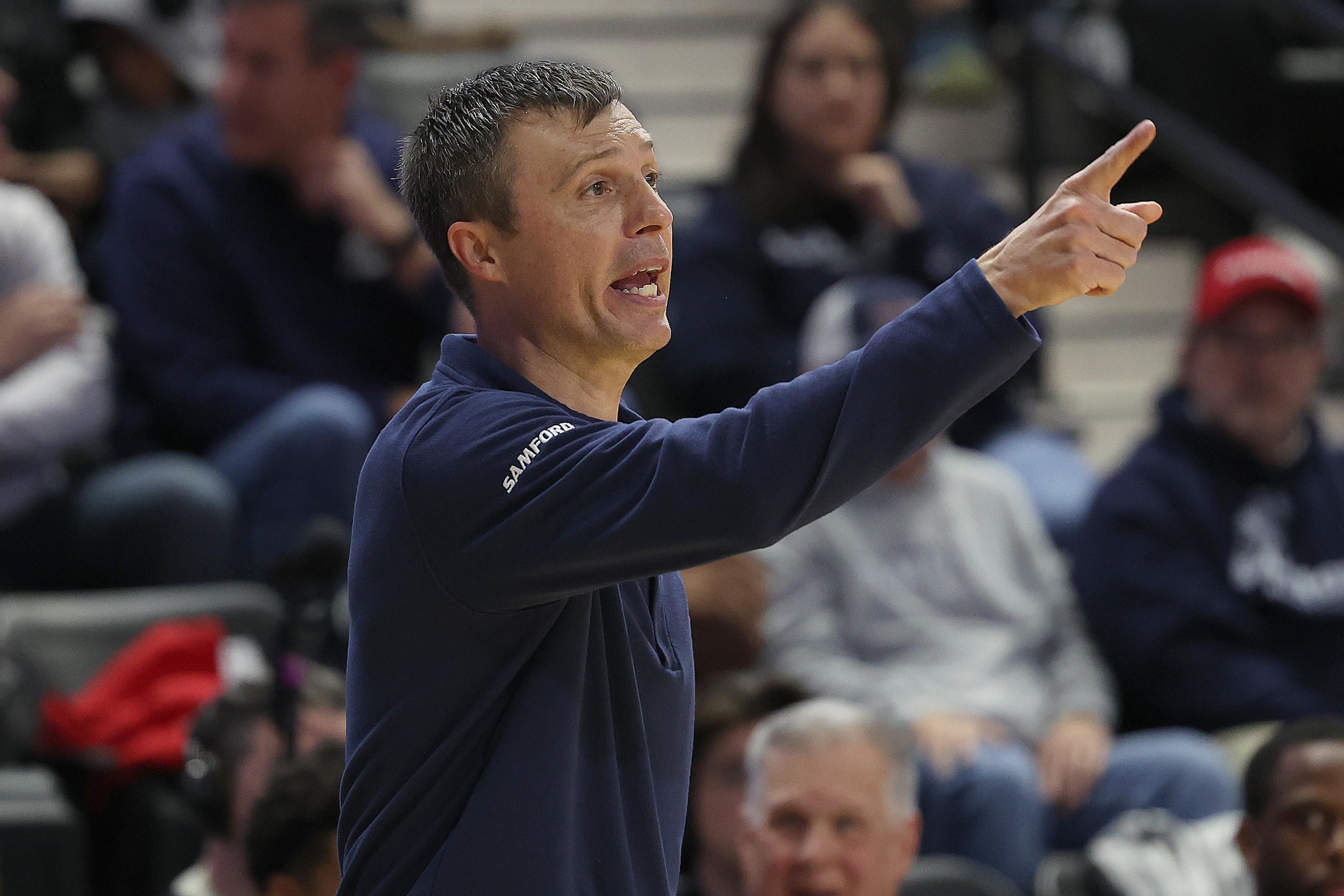
Players Graduating: Wade Taylor IV, Zhuric Phelps, Manny Obaseki, Henry Coleman, Andersson Garcia, Jace Carter, Hayden Hefner, CJ Wilcher
Players Likely Leaving Early/Transferring: Pharrel Payne, Rob Dockery, Andre Mills, Jaelyn Lee, Solomon Washington, George Turkson Jr., Janusz Ratowski
Noteworthy Arrivals: Jasir Rencher (4-star SG), Jeremiah Green (4-star PG), Aaron Glass (3-star SG)
Both Purdue and Arizona figure to be Top 10 teams heading into next season, leaving either coach Buzz Williams' old team or his new one as the No. 4 seed most likely to crash and burn.
And, well, it's not much of a question, is it?
While Maryland's entire 'Crab Five' (and then some) is either definitely gone or currently in the portal, Williams has already added five high-major transfers (three from Texas A&M), has a 4-star recruit (Chris Jeffrey) and has a proven ability to excel in a major conference.
A&M, on the other hand, has a coach (Bucky McMillan) with five years of collegiate experience, making the NCAA tournament just once in his half-decade at Samford.
The Aggies also have basically no roster. The only player on last year's team who isn't already gone or in the portal is rising sophomore Chris McDermott, who played 45 minutes and didn't score against an opponent better than Abilene Christian. McMillan has yet to add anyone from the portal yet, either, so they could not field a starting lineup at this point.
There's also a history of Williams leaving teams high and dry and needing some time to rebound. Marquette went 13-19 in its first year after he left. Virginia Tech went 16-16. And Texas A&M might be lucky to hit either of those marks in year No. 1 of Bucky Ball.
No. 3 Seed Line: Wisconsin Badgers
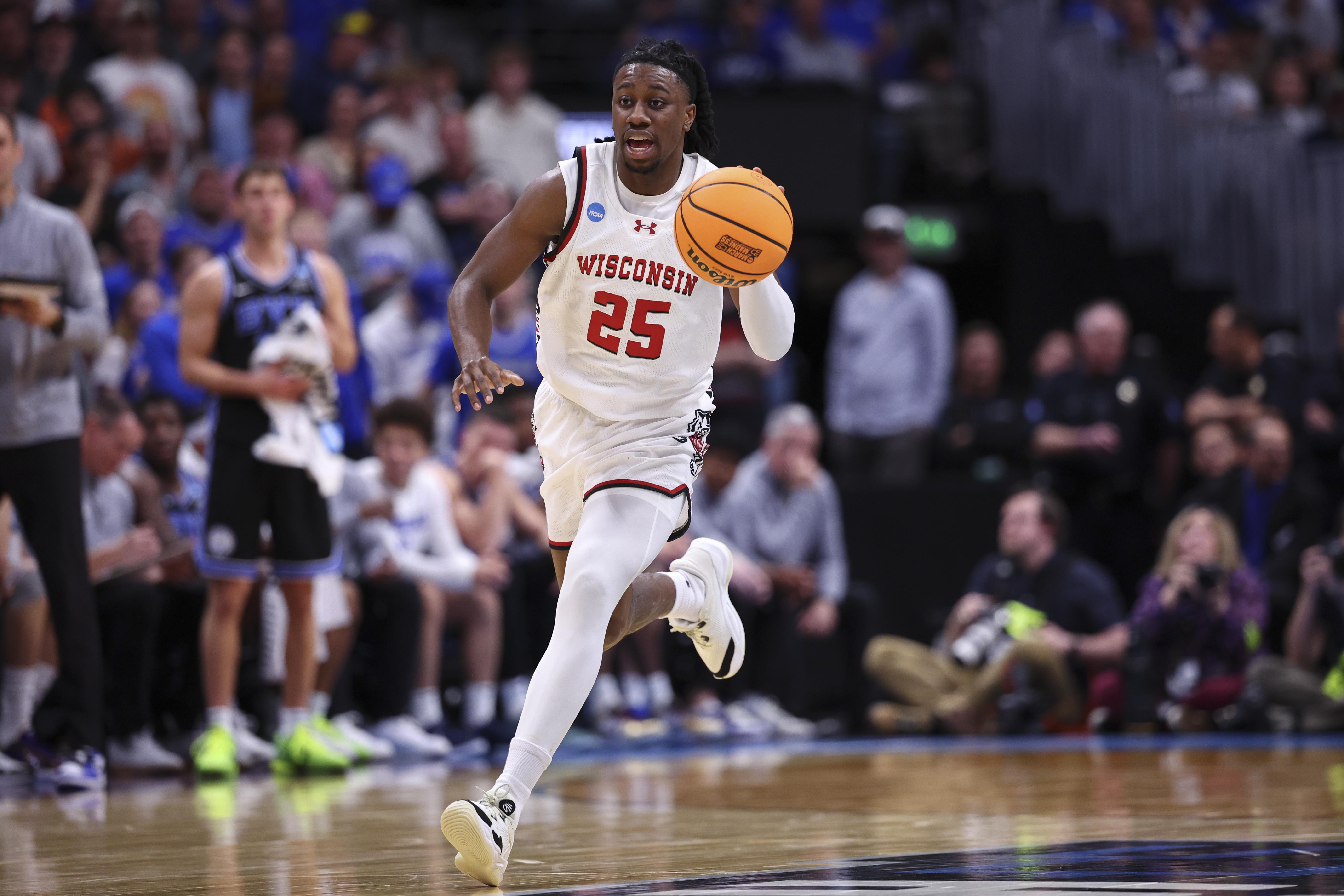
Players Graduating: John Tonje, Steven Crowl, Max Klesmit, Kamari McGee, Carter Gilmore
Players Likely Leaving Early/Transferring: Xavier Amos
Noteworthy Arrivals: Nick Boyd (San Diego State), Andrew Rohde (Virginia), Austin Rapp (Portland), Zach Kinziger (4-star SG)
This is where it starts to get rough, as all of the No. 1-3 seeds in this year's Dance are rather comfortably in the consensus way-too-early top-25 picture.
The Badgers should still be reasonably solid. Though only two of the eight leading scorers will return, coach Greg Gard did add three likely starters via the transfer portal, for a projected starting five in which everyone averaged at least nine points per game this season.
Maybe they'll have their own version of the Crab Five (Madison Five?) with a small-but-mighty rotation.
But can Andrew Rohde re-channel what he did as a freshman at St. Thomas (17.1 PPG) as opposed to the 6.7 PPG he averaged over the past two seasons at Virginia?
Or will Austin Rapp's production (13.8 PPG, 6.5 RPG, 2.5 APG, 1.5 BPG, 83-236 3PT) on a Portland team that was typically noncompetitive against quality foes translate into a successful role in the Big Ten?
If either ends up being a portal flop, or if John Blackwell takes a bit of a step backward with John Tonje out of the picture, the Badgers could be a bit of a mess.
Yes, Wisconsin has been a single-digit seed in 13 of the past 15 tournaments, and it has only missed the Dance twice since 1998.
If you can ignore that miniature history lesson, though, it becomes a whole lot easier to envision the Badgers slip-sliding down to mediocrity in 2025-26.
No. 2 Seed Line: Tennessee Volunteers
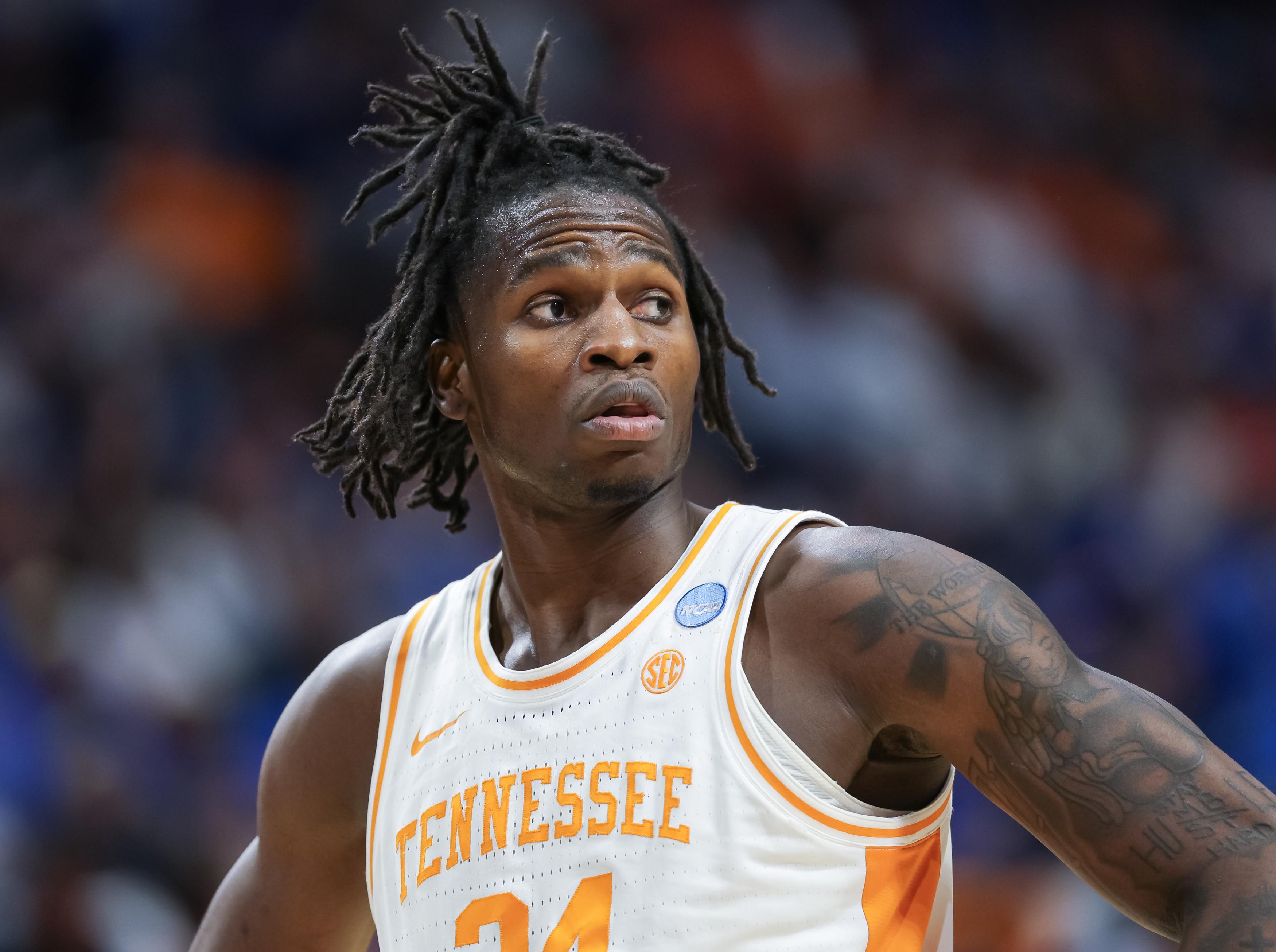
Players Graduating: Zakai Zeigler, Chaz Lanier, Jordan Gainey, Igor Milicic, Jahmai Mashack, Darlinstone Dubar
Players Likely Leaving Early/Transferring: Cameron Carr
Noteworthy Arrivals: Ja'Kobi Gillespie (Maryland), Jaylen Carey (Vanderbilt), Amari Evans (4-star SG), DeWayne Brown (4-star C)
Tennessee is one of just three programs that has been a No. 5 seed or better in each of the past five NCAA tournaments.
Houston has done so six times in a row, Tennessee has seven and Purdue takes the cake with nine straight. (Kansas' outrageous streak of 23 consecutive years as a No. 4 seed or better came to an end this year, the Jayhawks earning a No. 7 seed.)
Thus, like Wisconsin, the consistent recent success of this Volunteers program makes it difficult to imagine they could fall so far so fast as to miss next year's tournament altogether.
But the roster outlook...isn't great.
We know Rick Barnes has worked wonders in the transfer portal in the recent past, plucking Dalton Knecht from Northern Colorado before replacing him with Chaz Lanier from North Florida.
However, there's a fine line between adding one volume scorer to an otherwise respectable roster and needing to replace pretty much everything other than a shot-blocking big man who does minimal scoring (Felix Okpara).
The two transfers Barnes has gotten thus far could be gems. Certainly, big things are expected from Ja'Kobi Gillespie after he averaged 15.7 points, 4.2 assists and 2.0 steals over the past two seasons (one at Belmont; one at Maryland). Jaylen Carey might be a major addition to the frontcourt, too, though we've yet to see him in a featured role.
If he struggles while Okpara remains mostly a defensive presence, Gillespie can't do it all by himself.
The Vols should also have both Cade Phillips and J.P. Estrella coming back, though neither has been much of a factor over the past two years. Maybe Bishop Boswell breaks out as a sophomore, but pinning any hopes on a guy who had seven points and 13 turnovers this season is a frightening proposition.
Check back after the portal closes, though. Tennessee will probably add at least one more key wing player, at which point its 2026 tournament prospects would look brighter.
No. 1 Seed Line: Florida Gators

Players Graduating: Walter Clayton Jr., Alijah Martin, Will Richard
Players Likely Leaving Early/Transferring: N/A
Noteworthy Arrivals: CJ Ingram (4-star SF), Alex Lloyd (4-star CG)
It's relatively uncommon for a team to miss the NCAA tournament the year after winning it all, but it does happen.
Well, at any rate, it used to happen surprisingly often.
Connecticut won in 2014 and missed the 2015 Dance. Kentucky was 2012 champ before losing to Robert Morris in the 2013 NIT. North Carolina won it all in 2009 and then suffered 17 losses in 2010. And if it happened to Florida next year, it wouldn't even be the first time. After back-to-back titles in 2006 and 2007, the Gators missed the tournament in 2008.
And after losing its three leading scorers and entire starting backcourt, it's plausible Florida could fall flat next season.
Two major outstanding variables are the NBA draft decisions of both Thomas Haugh and Alex Condon.
If both would-be rising juniors return to Gainesville while coach Todd Golden adds a veteran guard or two via the portal, the Gators should be in business.
But B/R's Jonathan Wasserman has both big men projected as second-round picks, while quite a few other post-tournament mocks have Condon penciled in as a late first-round pick.
And if they both leave, yikes. All of a sudden, you're talking about a projected starting five of Denzel Aberdeen, Rueben Chinyelu, Sam Alexis and two 4-star freshmen.
Inevitably, Golden will make some portal additions. Perhaps he'll wear the championship net on those recruiting visits to seal the deal on a big fish or two. But let's see what the two big men decide to do and what this backcourt looks like a month from now.
That said, if forced to bet, I'd definitely say I expect Florida to be back in the NCAA tournament in 2026 to defend its crown. But forced to pick one of this year's No. 1 seeds to be a mess next year, it's definitely not Duke or Houston and it's probably not Auburn if Tahaad Pettiford and—how can he possibly still have another year of eligibility?—Chad Baker-Mazara both decide to stay.


